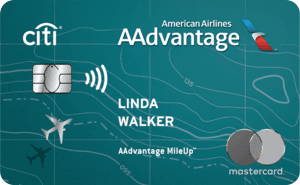The American Airlines AAdvantage® MileUp® Card and the United Explorer Card are co-branded airline cards, making them comparable for travelers seeking to earn miles and enjoy airline-specific perks. The United Explorer card is the better choice for frequent travelers due to its superior travel perks like free checked bags and priority boarding.
However, the AA MileUp is a strong contender for those who prioritize grocery spending and want to avoid annual fees. Its 2X miles on groceries and American Airlines purchases, along with a low spending requirement for the sign-up bonus, make it appealing for budget-conscious travelers.


















